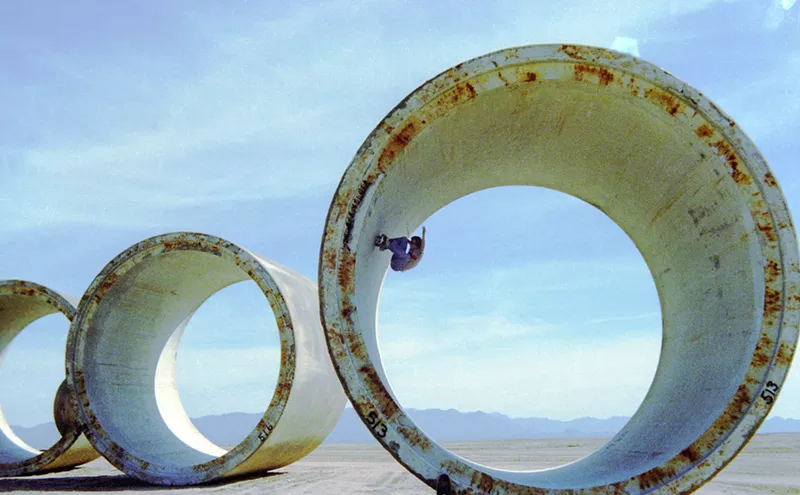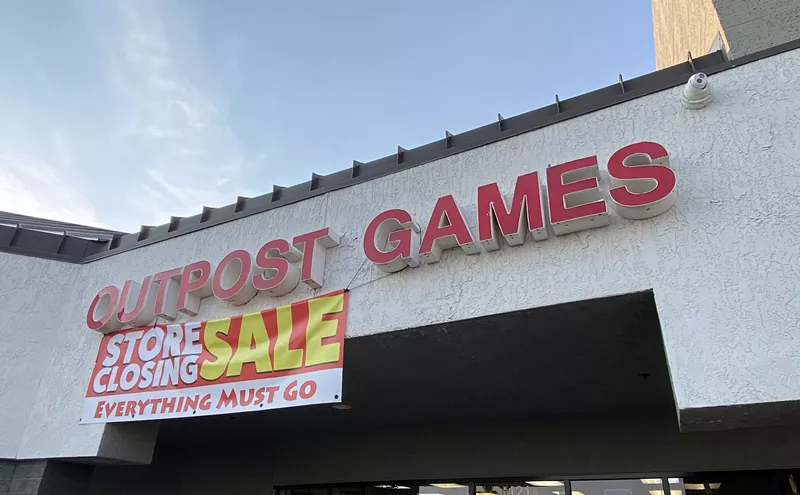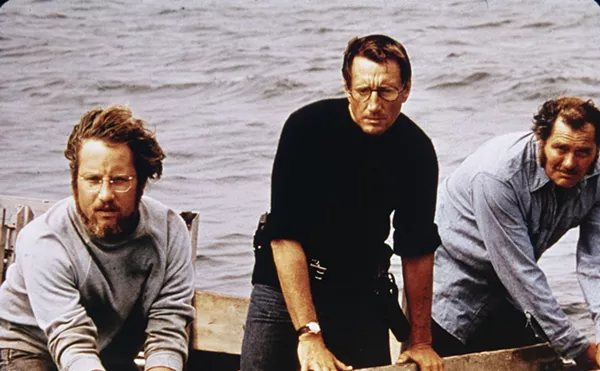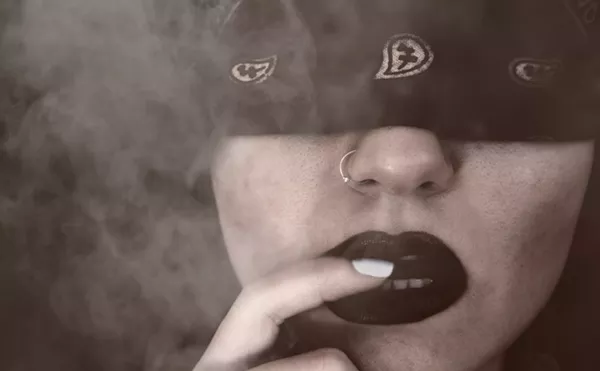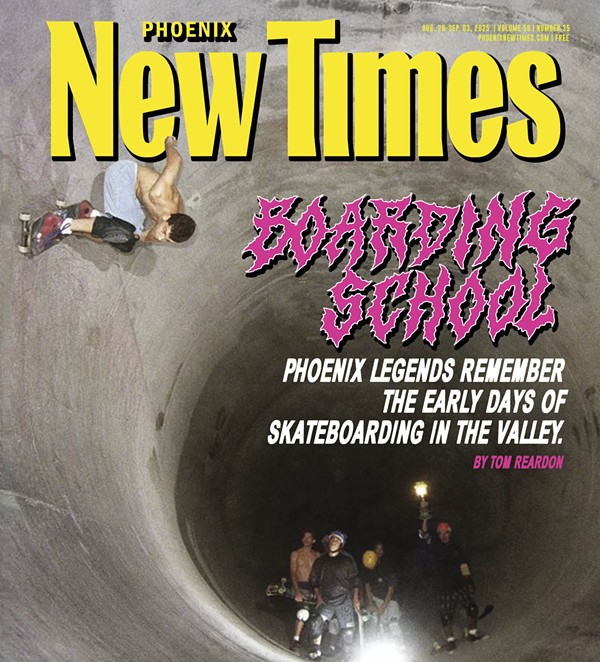In July, I went to see "The Surrealist Revolution" at the Pompidou Center in Paris, and I thought about how Surrealism often has been written off as precious or dated, and how finally there's a new appreciation of what even lesser-known artists such as Leonora Carrington and Dorothea Tanning were doing. I don't think it's a coincidence that this art from between the two World Wars looks especially relevant to us now, with war so much in the air and on the news.
The surrealist mix of the beautiful and the bizarre is easy to ape, but it's tough to create original work in the tradition. Jessica Joslin and Rick Hards, showing at the Lisa Sette Gallery this month, are worthy inheritors of the surrealist mantle. They're both informed scavengers, collecting society's cast-offs and reconfiguring them into what, through their eyes, begins to look like a civilization mutating. Their work wouldn't have looked out of place at the Pompidou Center show, next to Rene Magritte's charming, brutal painting of a girl eating a live bird, or Hans Bellmer's disturbing dolls.
Joslin combines the skill of a watchmaker with the vision of Dr. Frankenstein, if Frankenstein's background had been in ornithology, say, or paleontology. A list of her materials alone provides a sense of her carefully crafted creatures: antique ceremonial collars, antlers, bone, brass, velvet, saxophone keys, universal joints, glass eyes. What the materials can't convey is how much life and personality these animals possess. Some look wicked, some look wise, but they all look as if they bite. It's exciting even to catch a glimpse of them from the sidewalk in front of the gallery, where they stun the viewer with an initial "What the hell is that?" response, and then, up close, reward her curiosity.
The fetching (if slightly trendy) title of Joslin's show, "Cabinet of Curiosities," harks back to the wunderkammern, or cabinets of curiosities, that were popular among European aristocracy during the Renaissance. The forerunners of the modern museum, these idiosyncratic collections contained noteworthy and exotic objects, manmade and not. (The surrealists, not surprisingly, were big on the idea of these quirky cabinets.) What Joslin especially likes is the way the owners catalogued the contents of their cabinets: "It was a combination of science, heresy, theology and misinformation," she explains. "It was science that isn't science, but is informed by art and what people wanted it to be."
The majority of Joslin's fantastic bestiary is displayed on small ox-blood leather stages, fringed in gold braid and attached to the gallery wall. Bela, a foot-high dog-like animal with tiny protruding fangs, sits on his platform and begs, wearing an elegant velvet and brocade collar and a silver cone-shaped hat with tiny gold corkscrews at its peak. He looks like Jules Verne's idea of a bionic dog. Draw closer and you can see that Bela's haunches are bone, that his eyes are glass, and that his many pieces his finely articulated metal joints and delicate skull are held together by tiny watch screws. He's precious in the best sense of the word. He's also, like the other pieces, ornately theatrical, a prop built for an absurd play. And, in fact, the person Joslin mentions first when I ask her about influences is P.T. Barnum -- for "his showmanship and the way he presented something as an overall whole."
In the smaller back room is the work of Rick Hards, who also, coincidentally, is based in Chicago. Like Joslin, he literally plays with history and seems to relish the antiquity of his recycled materials even as he updates them: For this show, titled "Fantom Image," Hards has taken 19th-century photographs so-called "cabinet" cards (there's that word again) and tattooed them with exacting pen and ink patterns. Some of them look downright circus-freaky, like the man whose head is covered with wavy lines. Others, like the baby with a pinwheel drawn on her face and a kiwi-sized head in her hand, are just freaky. All are extraordinary.
Hards is like Joslin in that his recycling highlights the weird and wonderful qualities of the original material. Both artists are rescuing objects that would probably otherwise be thrown away (an old photograph, a mink collar, a wooden finial) and transforming them; in the process, they conjure up strange new worlds that exist, like exquisite doodles, as comments in the margins of our own.




